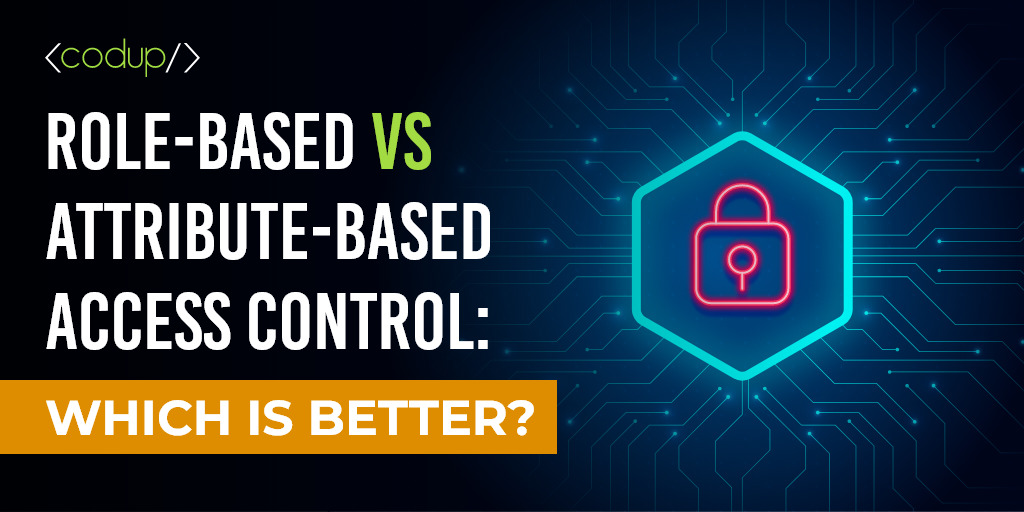How To Make An App Like DoorDash

There is always a way for customers to buy their favorite food without having to leave their homes. Food delivery services like DoorDash and UberEats have made it easier to order food from different restaurants to be delivered to your home.
The fact is, even with the pandemic and markets slowing down, delivery services like DoorDash were thriving and managed to cross $30 billion in the US alone. It is expected to reach $160 billion this year. This clearly exhibits that the audience likes the concept of ordering food from the comfort of their home, which is why food delivery companies like DoorDash will never run out of business.
The numbers define the success of businesses as such, but the question is, what features, and tech stack do you need to make an app like DoorDash? Most importantly, how much does it cost to build apps like DoorDash?
Building an app in the on-demand food delivery market requires a deep understanding of the unique and new elements you can add to a food delivery app to make it stand out in the competition. After all, they are the features required to make the experience for the customers coming to the website.
Let’s begin with what you need to know!
How to Make an App Like DoorDash?

When speaking of a business, the most important thing one must understand and act upon is thorough research of every element of the project — the basic requirements, the project approach, the design, the developers, and of course, the budget. This is to ensure that every step you take in developing your app proves to be lucrative for the business after the application is built and open for services in the market.
To do justice by the investment put in app development, here are the integral aspects to build a successful food delivery mobile app.
In-Depth Research
Well, that’s a given. When making a delivery app like DoorDash, conducting in-depth research is imperative. Look at your competitors, perhaps other apps like DoorDash and their approach when they first came into the market. Try to look for loopholes and learn from their mistakes. Search for new features that can be added to the application for a better experience.
Choose a Business Model
Deciding on a business model is crucial and depends critically on factors including your target audience, competition, market trends, and your goals for the business. Here are five models you can consider.
- Commission-Based:
In this model, you partner with restaurants and service providers and earn a commission based on each order that is placed through the platform. This is a common business model for food delivery startups and requires a low upfront investment for development.
- Subscription-Based
In this model, customers pay a monthly or yearly fee to have access to discounts, promotions, and other perks based on the subscription the customer chooses. This is an effective model for businesses having a loyal customer base, as it provides a predictable source of revenue and can drive customer loyalty.
- Advertising Base:
In this model, you generate revenue by selling advertising space on the platform. This model is effective given your food delivery business has a large and engaged customer base, as it allows you to monetize your platform without directly charging the customers.
- Hybrid Model:
This model is the combination of all the business models, i.e., subscription-based, advertising-based, and commission-based. Delivery services like DoorDash follow the same business model. This is an exceptional option for businesses that want to offer a wide range of services and monetization options to their customers.
- Own Delivery
In this model, you need to have your delivery fleet instead of relying on third-party delivery services. This model requires a higher level of upfront investment and resources, but it can allow high-quality delivery experiences for the customers.
Analyze your business/market, project, and budget requirements to see which business model proves most beneficial for your business.
Think: How to Create an App?
You have three ways to do this — hiring an in-house development team, working with freelancers, or outsourcing developers for their services.
- In-House Development Team
Having an in-house development team means having more control over the project and process. It allows you to work closely with the developers to ensure your app is built according to your specifications. But it also means having a large budget. Not just that, you also need time to find and hire a perfect resource to bring your idea to life, in this case, creating an app like DoorDash!
- Working with Freelancers
If you are looking for mobile app development services on a budget, freelancers are it! They typically charge low rates and are much pocket-friendly than hiring an in-house team. However, it can be challenging in terms of consistent quality and timely project delivery. Moreover, the language barrier is another common problem with hiring freelancers.
- Outsourcing Services
Outsourcing mobile app development services give the best of both worlds. It is not hiring an in-house team, but having the expertise you need to build your food delivery app cost-effectively. This option is especially for small to mid-size businesses that are on a budget and want to bring the app to the market and start generating revenue sooner.
When deciding on your options, it is important to consider your budget, technical skills, the level of customization you need, and the functionality you require to build an app similar to DoorDash. Also, compare the different options to find the best to meet your needs.
Choose Essential Features
It is essential to carefully choose the features of your app. After all, it is the source of making the experience of the customers and users of the app. Focus on the core features of the app including:
The Customer App
- Personalized recommendations: It provides users with restaurant and menu recommendations based on their preferences and past orders.
- Order customization: It enables users to customize their food with specific ingredients, sauces, or add-ons.
- Hyperlocal search: The app can provide hyperlocal search results, allowing users to search for restaurants and menu items based on their current location. This can include options for search radius, cuisine type, and price range.
- In-app messaging: A messaging system that allows users to communicate directly with the restaurant or delivery driver for any questions and queries.
- Multi-language support: Doing this can accommodate users who speak different languages.
- Scheduled delivery: The option for users to schedule their delivery in advance.
- Reorder feature: This feature allows users to quickly reorder their favorite meals or past orders with just a few taps.
- Favorite restaurants: This feature lets the users save their favorite restaurants for quick access in the future.
- Loyalty program: It offers rewards to users for ordering food and using the app, such as offering discounts, points, or free meals.
- Location-based promotions: This feature can offer location-based promotions, such as discounts or special offers, to users who are in a specific geographic area.
- Data Privacy and Security: Implementing robust data privacy and security measures to protect sensitive customer information including encrypted data storage, secure authentication, and two-factor authentication.
The Suppliers App
- Real-time order updates: The restaurants receive the orders close to their location so they can start preparing food to be delivered. Similarly, the delivery drivers receive real-time updates on new orders, changes to orders, and updates on delivery status, allowing them to efficiently manage their deliveries.
- Navigation and routing: The app provides turn-by-turn directions to delivery drivers, helping them reach the restaurant and customer location efficiently.
- Delivery management: Delivery drivers can easily manage their deliveries, including accepting, declining, and updating the status of deliveries.
- Delivery Tracking: The app provides real-time tracking of the driver’s location out to deliver, allowing the restaurant and customers to track the order.
- Communication with customers: Delivery drivers can communicate with customers through the app to coordinate delivery.
The Admin Panel
- Restaurant management: The admin has access to tools for managing the restaurants that are available on the app, including adding, editing, and removing restaurants, as well as managing their menus.
- Order management: To provide real-time updates on all orders placed through the app, allowing the business to track and manage the flow of orders.
- Delivery management: The admin panel has tools for managing the delivery process, including assigning deliveries to delivery drivers, tracking delivery status, and managing delivery performance.
- Customer management: It also has the tools for managing the app’s customer base, including viewing customer profiles, tracking order history, and managing customer feedback.
- Payment management: It also provides tools for managing the payment process, including tracking payments, processing refunds, and managing chargebacks.
- Reporting and analytics: It also has tools for detailed reporting and analytics, allowing the business to track key metrics, such as revenue, order volume, customer satisfaction, and delivery performance.
- User management: It also has tools for managing the app’s users, including adding, editing, and removing users, as well as managing user permissions and access.
Technological Aspects
It is important to know more about the technical aspects before designing the project, as a food delivery app is nothing like a regular app. The solution you choose depends on the specifications of the application and your budget.
You also need to choose between iOS and Android, or if you want to make the app from scratch or need to use the third-party software, etc.
Developing an app like DoorDash means creating three different copies of the same system — one for the users, one for the delivery staff and lastly for the supplier restaurant, all of them connected to the admin panel.
The goal here is to create an app that is user-friendly in all versions. Advanced search options for the customers to skim through their favorite restaurants, a GPS-integrated app that is precise with the location for delivery, and efficient management of customers, their orders, and logistics are some aspects that need to be perfected.
Cost
The cost of developing an app like DoorDash can widely depend on a number of things including the complexity of the app, the number of features, the platform it is built on, and the location of the development teams.
The expense of creating a food delivery app can range anywhere starting from $10,000 up to $70,000 and even more. Again, the final cost depends on the factors such as those mentioned above.
It is, however, important to understand that the cost of developing an app is just one part of the overall expenses associated with launching a food delivery service. There are also ongoing costs for hosting, maintenance, marketing, and customer support which are important for the successful launch of the app.
Additionally, working with an experienced eCommerce development service providers with a deep understanding of the industry can also add to the cost.
So, before you make a decision, make sure to understand your needs and requirements and have a flexible budget before beginning with the development process.
Conclusion
The most straightforward way for app development management is to hire a team that is capable of delivering a one-stop solution for your project. It won’t just save you time, but also help with budget management and won’t have any transparent costs. Not just that, the expert does all the work— from planning to researching to designing and finally development.
Read Also:
- Improve Time to Market with the Right Processes and Tools
- In-House Vs Outsourcing Software Development: Which is Better?
- Role-Based vs Attribute-Based Access Control: Which is better?




